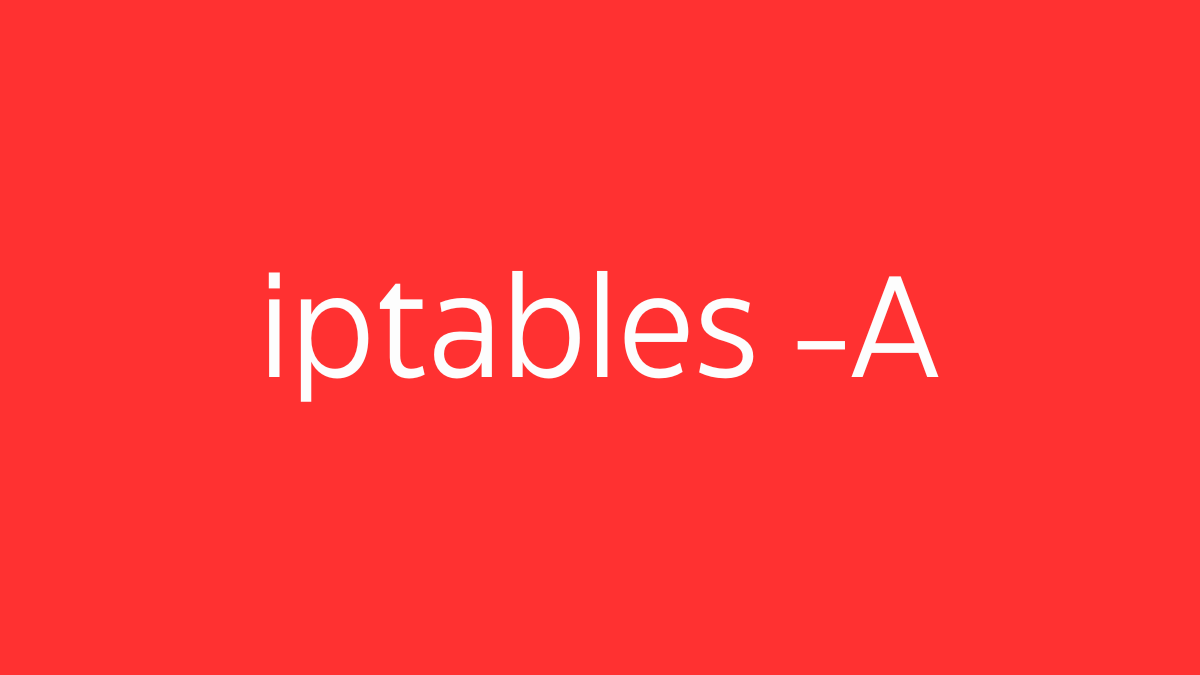Mandatory Access Control (MAC) is a security model used to enforce strict access controls based on predefined policies set by the system administrator or governing authority. Unlike Discretionary Access Control (DAC), where users have the freedom to set access permissions on their own files, MAC policies are enforced at the system level and cannot be altered by users. This makes MAC a more rigid and secure method of controlling access to sensitive data and resources.
Key Characteristics:
- Centralized Control: Access permissions are defined by the system or security policy, not by individual users. The system administrator assigns security labels to both users and resources (files, directories, processes), and the operating system enforces these labels.
- Security Labels: Each resource is assigned a security label (e.g., classified, secret, top secret), and users are granted clearance levels. A user can only access resources that match their clearance level.
- Non-Discretionary: Users cannot change the access control settings of resources they own or create. All permissions are determined by the predefined security policy.
- Examples of MAC Implementations:
- SELinux (Security-Enhanced Linux): Developed by the NSA, SELinux implements MAC by enforcing policies that control how processes and users can access files, network ports, and other resources. It is highly customizable, allowing administrators to define complex rules.
- AppArmor: Another Linux security module that enforces MAC policies by confining programs to limited sets of resources based on defined profiles.
Use Cases:
- High-Security Environments: MAC is commonly used in environments where security is paramount, such as military, government, and financial institutions. It ensures that sensitive data is only accessible to authorized users and that unauthorized access is prevented by the operating system itself.
- Compliance: Organizations subject to strict regulatory requirements, such as healthcare or finance, may implement MAC to ensure compliance with data protection standards.
Advantages:
- Enhanced Security: By enforcing strict, non-discretionary access controls, MAC significantly reduces the risk of unauthorized data access or system compromise.
- Prevents Privilege Escalation: Since users cannot alter security policies, it helps prevent attacks that exploit user privileges to gain unauthorized access to resources.
Example:
In a system with MAC, a user with a “Confidential” clearance cannot access files labeled as “Top Secret,” even if the file owner would typically grant permission under a DAC model. The operating system strictly enforces these rules, ensuring consistent security across the entire system.
MAC is particularly valuable in environments where maintaining strict control over data access is critical, providing a robust framework for protecting sensitive information.





